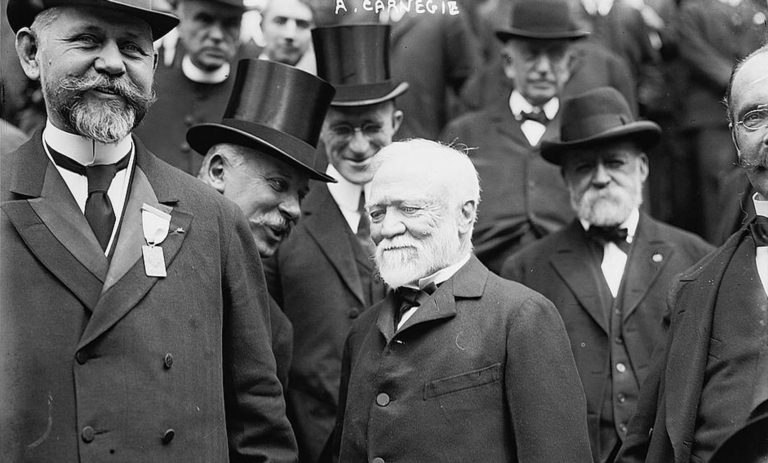The Gilded Age

Epicentered in parts of the northeast, mid-west and west coast of the United States, the Gilded age embodied a period of rapid economic expansion that saw American wages grow faster than her industrialized counterpart nations in Western Europe.
From the 1870s to the turn of the century, the Gilded Age witnessed an influx of millions of European immigrants into the United States, leading to a rapid increase in average industrial worker wages from $380 a year in 1880 to $564 a year in 1890.
Despite these gains for industrial workers, many post-Civil War Americans and new arrivals alike lived through the Gilded Age in unrelenting poverty and need. The leading growth industries of the Gilded Age were railroads, assembly line-style factories, mining and finance, while continued immigration from Europe led to the rapid population growth in western states and territories, fueled by farming, cattle ranching and mining.
Labor Disputes of The Gilded Age
Labor unions and labor disputes became increasingly volatile in almost every industrialized city across America, despite two major nationwide depressions—the Panic of 1873 and the Panic of 1894—which interrupted growth and caused social and political upheaval that lingered for years into the future.
The south, however, failed to industrialize during the period of post-war reconstruction, leaving its fate to the production of cotton and tobacco, which habitually suffered from low market prices. The term Gilded Age was derived from Mark Twain and Charles Dudley Warner’s 1873 novel entitled The Gilded Age: A Tale of Today.
The book satirized an era steeped by poverty, social problems and gross income disparities between workers and their robber baron overlords, the later displaying their wealth in Gilded Age mansions of great opulence and one-upmanship grandeur.
Men like oil tycoon John D. Rockefeller, steel magnate Andrew Carnegie, financier J.P. Morgan and automaker Henry Ford, who made obscene fortunes at the expense of underpaid and overworked hourly wage earners. Looking back, the Gilded Age proved to be a period of grinding poverty, bloody racial hatred and violent labor strikes, while Gilded Age robber barons justly if not unfairly lived up to the comedic adage, it’s good to be king.
